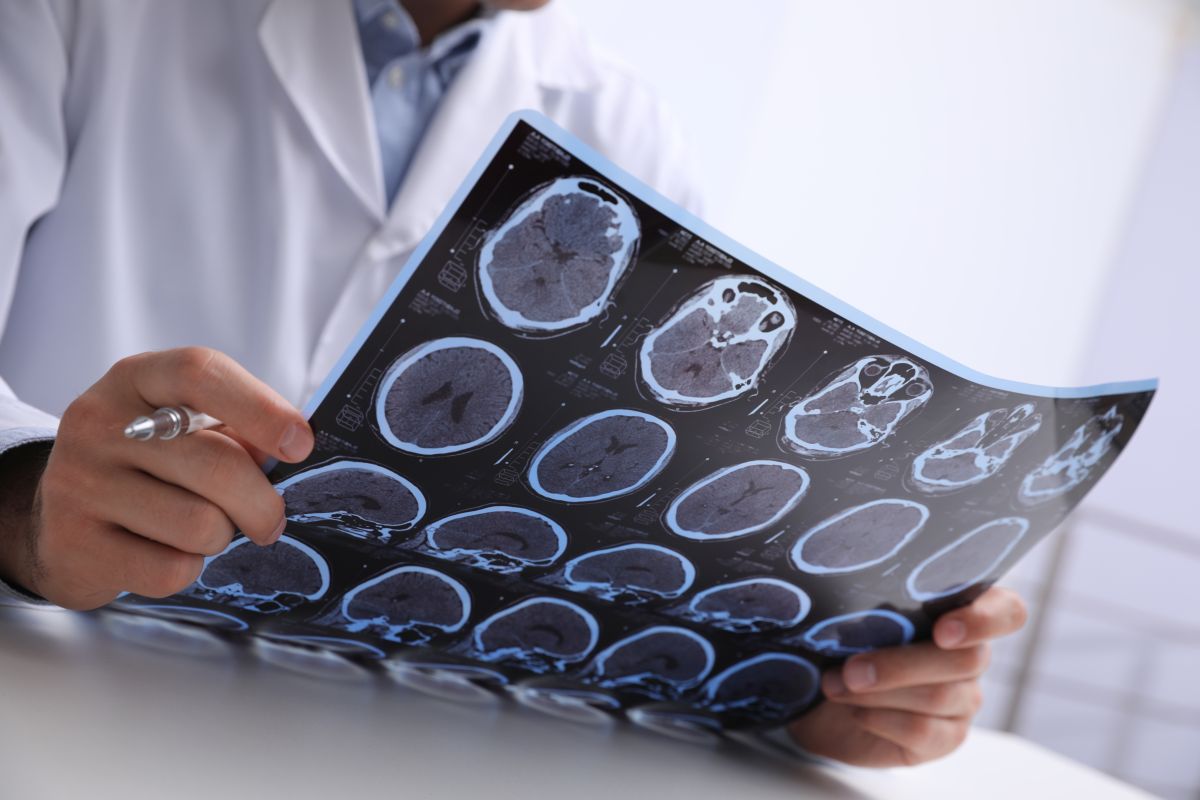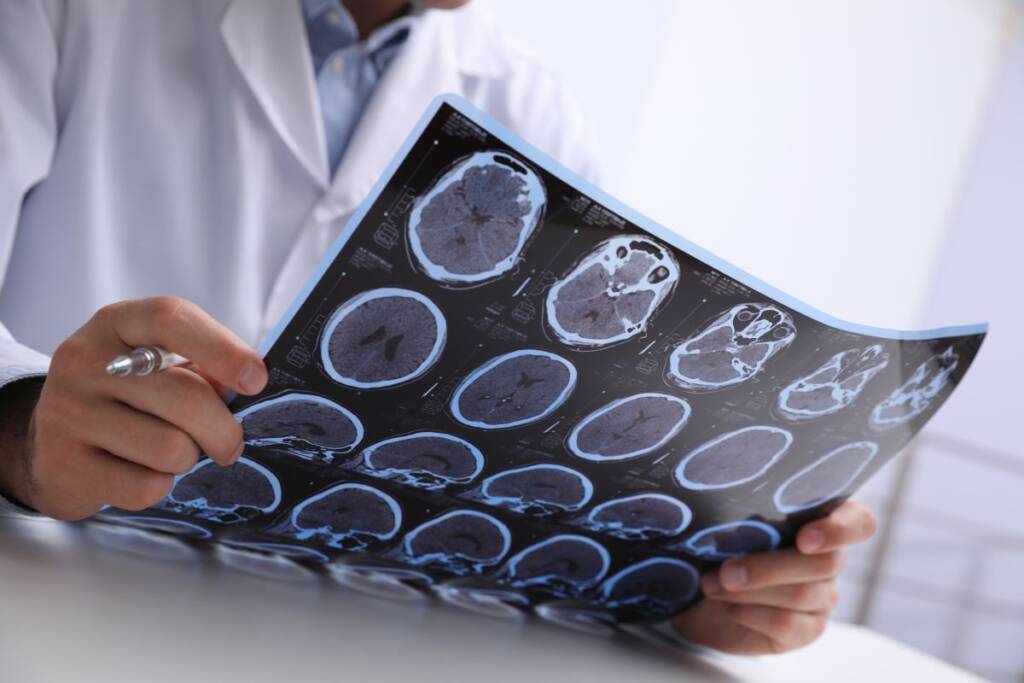Health
Multiple sclerosis: what it is and what are the treatments

Multiple sclerosis is a chronic disease that affects the central nervous system. Let's find out what it's caused by and how to act when you find out you have it.
When we talk about multiple sclerosis we are dealing with a very complex disease of the central nervous system. The symptoms are in fact many and varied and can present themselves in both mild and heavy forms.
In any case it is a neurodegenerative disease which in some cases can be disabling and which leads to the deterioration of the melin (fatty substance that protects the nerve fibers), which is why it is also called demyelinating disease.
Multiple sclerosis: meaning and definition of the disease
Let's start by saying that when we talk about sclerosis we mean the hardening of an organ or a part of it, caused in turn by the increase in scar tissue and the reduction of the parenchymal tissue.
In the specific case of the disease, the term multiple is due to the fact that the areas in which all this occurs are different.

In essence, therefore, those suffering from this disease have several areas in which myelin instead of producing tissue component produces scar tissue.
This disease, described for the first time in 1868 by the French pathologist and neurologist Jean-Martin Charcot, is one of the autoimmune diseases of which it is also the most common.
As already mentioned, it acts on the nervous system and is more common in women than in men.
It usually occurs between the ages of 20 and 50 . Having said that, there are cases in which the disease appears even at a young age.
What are the causes of multiple sclerosis
Being able to talk about precise causes for which multiple sclerosis arises is not yet possible today.
However, there are several assumptions about possible triggers of the disease.
Among the causes currently considered most predisposing there are immunological ones, environmental ones, those determined by infections and, finally, by genes.
Speaking of the latter, multiple sclerosis cannot properly be defined as a genetic disease . However, if you have first-degree relatives who suffer from it, you are more likely to get it.
In this regard, science is still working to understand its exact origins.
Among the many studies, one of the most recent would seem to demonstrate that in at least 70% of cases, people with a mutation of the NR1H3 gene present a more aggressive form of the disease.
How does multiple sclerosis manifest itself?
By acting directly on myelin, multiple sclerosis interferes with the transmission of nerve signals between the brain and the body. As already mentioned, it is a disease that can strike in different areas and those on which it acts usually determine the extent of the symptoms.
Some of these also occur intermittently. Which is why when it's in its infancy, this disease can be difficult to recognize.
Going to the most common symptoms, there are:
– Tiredness
– Sense of weakness
– Difficulty walking
– Lack of balance
– Uncoordinated movements
– Feeling of numbness
– Intestinal problems
– Bladder disorders
– Vision problems
– Dizziness
– Pain in the muscles
– Tension in the limbs
– Cognitive disorders
– Sensitivity to heat and cold
– Depression
– Rapid changes in mood
– Spasms
– Sexual disorders
– Tremors
– Hearing problems
– Speech disorders
In the presence of more symptoms and based on the patient's history, the doctor can arrange some specific tests such as neurological, MRI of the brain and spinal cord, analysis of spinal fluids (through lumbar puncture) and tests to be established on a case-by-case basis.
How many forms of multiple sclerosis exist
As research progresses, more and more different forms of multiple sclerosis emerge that differ from each other according to the symptoms and the course of the disease.
They range from the isolated syndrome (CIS) which is represented by a single episode which may not lead to the actual disease to the more common one which is relapsing multiple sclerosis with remission (RRMS). This is divided into acute moments and others in which one feels better.
Then there is the form (SMPS) also called secondary progressive multiple sclerosis, a form that leads to a progressive increase in disability. Then there is the very rare progressive multiple sclerosis with relapses (PRMS) which leads to a progressive worsening with neurological damage and primary progressive multiple sclerosis (PPMS) which has a slow and constant worsening from the first symptoms.
Finally, there are cases of people who, despite being apparently healthy, have a brain MRI showing myelin lesions. This is referred to as radiologically isolated syndrome (RIS). Understanding which form of multiple sclerosis you are dealing with helps your doctor prepare the right therapy. That is, the one most capable of alleviating the symptoms and slowing down the course of the disease.
How is multiple sclerosis treated?
Although to date there is no effective cure, research continues to continue as well as the increase of drugs capable of slowing down its course, decreasing the intensity and frequency of attacks, reducing injuries, etc…
All drugs obviously require a doctor's prescription and are chosen on the basis of the type of multiple sclerosis, the health conditions of the sufferer and the extent and frequency of the symptoms.
Physiotherapy is also one of the recommended treatments, as is an anti-inflammatory diet.
By taking care of themselves and acting as soon as possible, those who suffer from it can lead an acceptable lifestyle and with as few attacks as possible.
Riproduzione riservata © - WT











